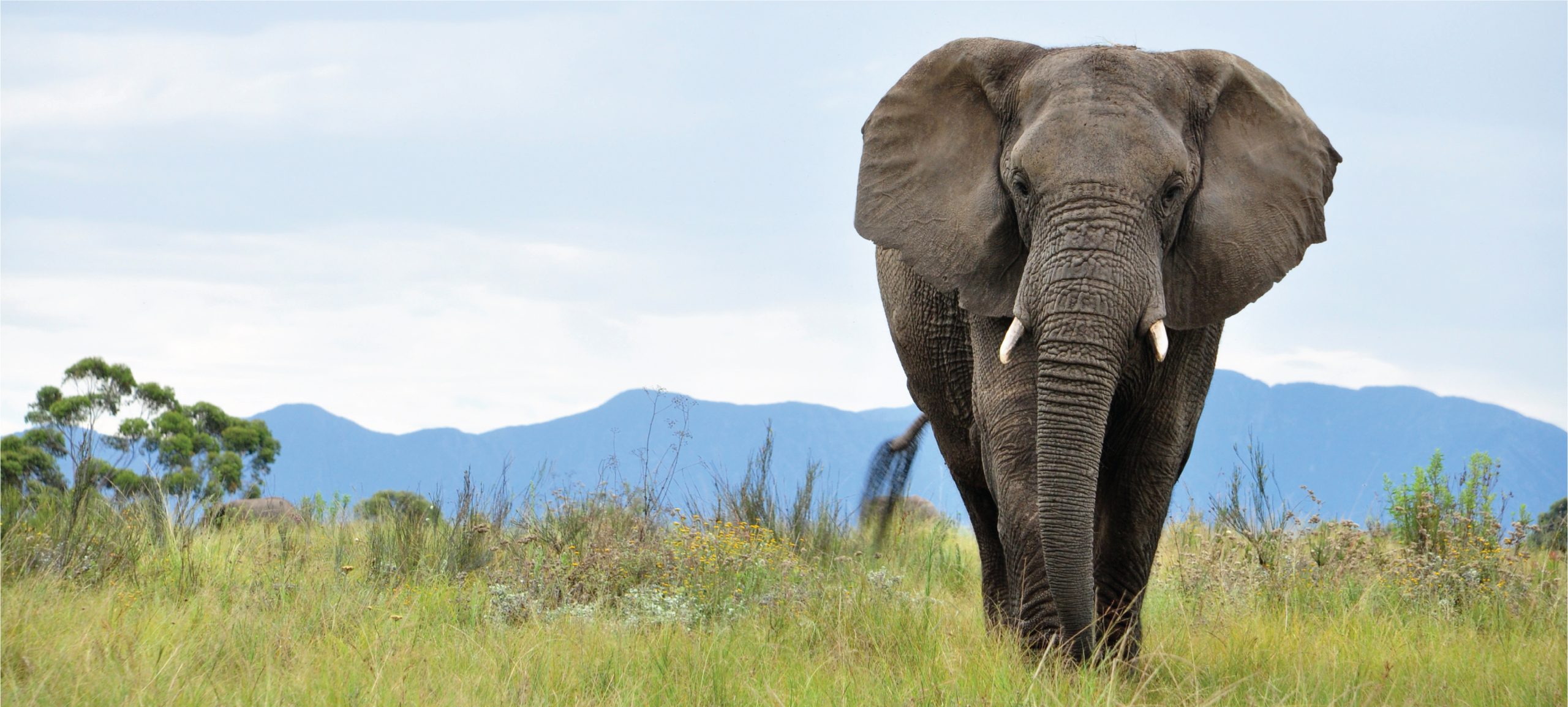-

Fawn Antechinus
Discover the fascinating Fawn Antechinus (Antechinus bellus), a small, carnivorous marsupial native to northern Australia, known for its energetic nature and crucial role in maintaining ecosystem balance. With its distinctive fawn-colored fur, powerful adaptations, and unique breeding habits—where males engage in a short, intense mating frenzy leading to their demise—this resilient creature captivates biologists and…
-

Fat-tailed Pseudantechinus
Discover the intriguing world of the Fat-tailed Pseudantechinus (Pseudantechinus macdonnellensis), a small nocturnal marsupial native to central Australia. With its distinctive fat-storing tail and remarkable adaptations to arid environments, this resilient species plays a vital role in its ecosystem, from controlling insect populations to aiding plant growth. Learn about its unique behaviors, physical traits, and…
-

Carpentarian Pseudantechinus
Discover the Carpentarian Pseudantechinus (Pseudantechinus mimulus), a remarkable small marsupial native to the rugged terrains of northern Australia. With unique adaptations like strong, clawed feet and a robust tail for fat storage, this elusive creature plays a vital role in its ecosystem while facing threats from habitat loss and climate change. Learn about its fascinating…
-

Ningbing Pseudantechinus
Discover the Ningbing Pseudantechinus, a remarkable marsupial from northern Australia renowned for its elusive nature and striking adaptability. With its sandy-brown fur providing perfect camouflage and its nocturnal insectivorous habits, this small creature plays a crucial role in its ecosystem while showcasing the incredible resilience of wildlife. Learn more about its unique features, behaviors, and…
-

Woolley’s Pseudantechinus
Discover the unique world of Woolley’s Pseudantechinus (Pseudantechinus woolleyae), a small marsupial native to the arid regions of Western Australia. Named after the esteemed zoologist Dr. Patricia Woolley, this elusive insectivore plays a vital ecological role while showcasing incredible adaptations that allow it to thrive in harsh environments. Learn about its distinctive physical traits, nocturnal…
-

Tasmanian Devil
Discover the Tasmanian Devil, *Sarcophilus harrisii*, the largest carnivorous marsupial, known for its fierce temperament, distinctive vocalizations, and crucial ecological role as a scavenger. This fascinating creature, native to Tasmania, faces significant conservation challenges due to the deadly Devil Facial Tumour Disease, making ongoing protection efforts essential for its survival. From its powerful jaws to…
-

Speckled Dasyure
Discover the enigmatic Speckled Dasyure (Neophascogale lorentzii), a small, agile marsupial native to the rainforests of New Guinea. Adorned with distinctive speckled fur and perfectly adapted for nocturnal life, this elusive carnivore plays a crucial role in maintaining ecological balance by controlling insect populations. Despite being classified as “Least Concern,” ongoing threats like habitat destruction…
-

Dibbler
Discover the fascinating world of the dibbler (Parantechinus apicalis), a small, elusive marsupial native to Australia. With its distinctive grey-brown fur, pointed snout, and exceptional adaptability, the dibbler plays a vital role in its ecosystem while facing significant conservation challenges. Learn about its unique behaviors, habitat, and the urgent efforts being made to protect this…
-

Red-bellied Phascogale
Discover the intriguing world of the Red-bellied Phascogale (Phascogale calura), a small, elusive marsupial native to Australia. With its distinctive reddish-brown underbelly and nocturnal, arboreal lifestyle, this fascinating creature plays a critical role in its ecosystem by controlling insect populations and serving as prey for larger predators. Learn about its unique physical traits, behaviors, and…
-

Narrow-striped Dasyure
Discover the Narrow-striped Dasyure (Myoictis melas), a captivating small carnivorous marsupial native to New Guinea, known for its striking reddish-brown fur and narrow black stripes. This elusive creature, primarily nocturnal, plays a vital role in maintaining ecological balance by preying on insects and small vertebrates. As we explore its unique adaptations and behaviors, we gain…
Search
Popular Posts
-
Hemidactylus tamhiniensis
Discover the Hemidactylus tamhiniensis, also known as the Tamhini gecko, a nocturnal reptile native to the rich ecosystems of the Tamhini Ghats in India. Measuring 7 to 10 cm, this insectivorous gecko features a slender body with rough, mottled skin for excellent camouflage, playing a vital role in controlling pest populations within its habitat.
-
Hemidactylus sushilduttai
Discover the unique Hemidactylus sushilduttai, a vulnerable gecko native to the lush rainforests of India’s Western Ghats, known for its robust body, large bulging eyes, and exceptional climbing abilities. This nocturnal insectivore plays a crucial role in controlling insect populations and maintaining ecological balance within its habitat.
-
Hemidactylus stejnegeri
Hemidactylus stejnegeri, or Stejneger’s House Gecko, is a nocturnal insectivore found in tropical and urban habitats across Southeast Asia, known for its striking large eyes, adhesive toe pads, and remarkable climbing ability. Typically measuring 10 to 15 cm, this adaptable species plays a key role in controlling insect populations while displaying unique social behaviors and…
Categories
Tags
animal adaptations (816) animal behavior (4836) animal reproduction (812) behavior (919) biodiversity (7295) conservation (1670) conservation efforts (1588) conservation status (5149) diet (2099) echolocation (822) ecological balance (1736) ecological role (1582) ecology (794) ecosystem (1468) ecosystem role (2747) ecosystem roles (720) endangered species (2450) environmental conservation (745) habitat (3258) habitat conservation (990) Habitat Destruction (1164) habitat loss (3132) insectivorous reptiles (783) IUCN Red List (1623) lizard reproduction (742) nocturnal animals (2722) nocturnal behavior (2394) nocturnal reptiles (819) physical characteristics (2009) reproduction (2869) reptile behavior (742) reptile conservation (1082) reptile reproduction (768) rodent species (1325) seed dispersal (2089) Seed Disperser (963) small mammals (1166) snake diet (804) snake reproduction (860) South America (794) tropical forests (942) Vulnerable Species (4616) wildlife (2508) wildlife conservation (4874) wildlife protection (907)




